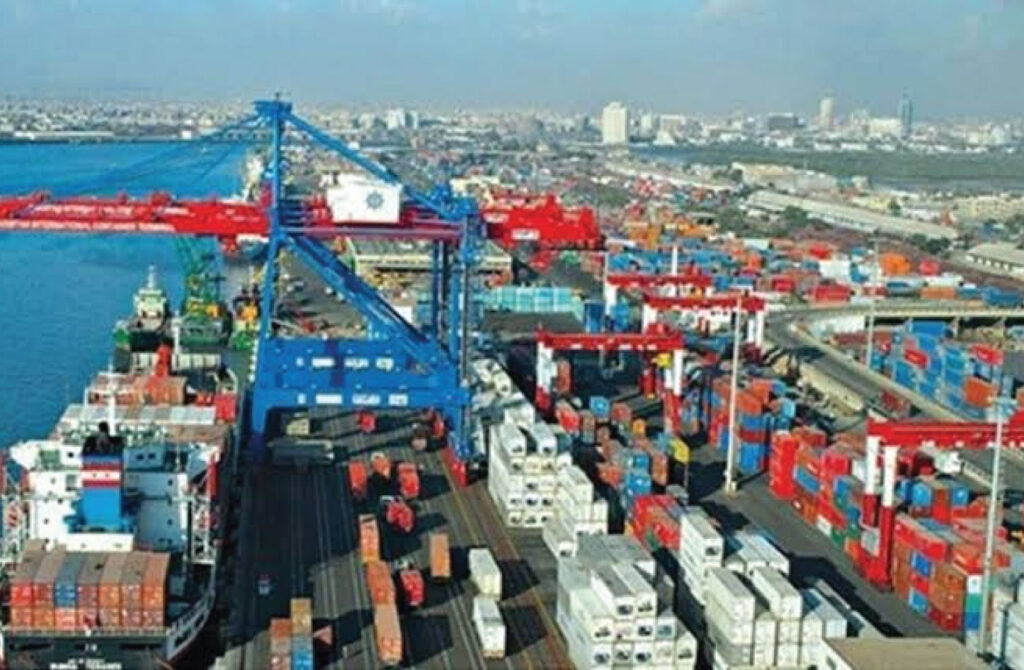In the initial five months of the current fiscal year, Pakistan’s economic landscape has witnessed a significant surge in exports to the Middle East, marking an impressive increase of 28.98% totaling $1.257 billion.
This substantial growth, in contrast to the previous year’s exports at $974.50 million during the same period, is notably driven by heightened demand for Pakistani products in key Middle Eastern markets such as the United Arab Emirates (UAE), Saudi Arabia, and Kuwait.
The remarkable boost in exports can be attributed to strategic diversification in the range of exported products. Key contributors to this surge include rice, bovine carcasses, and apparel, showcasing Pakistan’s strength in producing and exporting these goods. Rice, a traditional export stronghold, has played a pivotal role in driving overall export growth, supported by sustained demand in the Middle East.
A pivotal development in this upward trajectory is the recent signing of a free trade agreement with the Gulf Cooperation Council (GCC) countries. This agreement is poised to act as a catalyst, providing an additional impetus to Pakistan’s exports to the region. In the fiscal year 2023, exports to key nations such as Saudi Arabia and the UAE witnessed substantial increases of 13.1% and an impressive 33%, respectively. The diversification of trade relations and the removal of trade barriers through such agreements play a crucial role in fostering mutually beneficial economic ties.
Pakistan’s robust export performance to the Middle East, coupled with the anticipated benefits from the free trade agreement with GCC countries, highlights the country’s adaptability to evolving global trade dynamics. The notable increase in exports to specific nations and the diversification of export products position Pakistan favorably in the competitive Middle Eastern landscape, signaling positive economic prospects for the nation.
